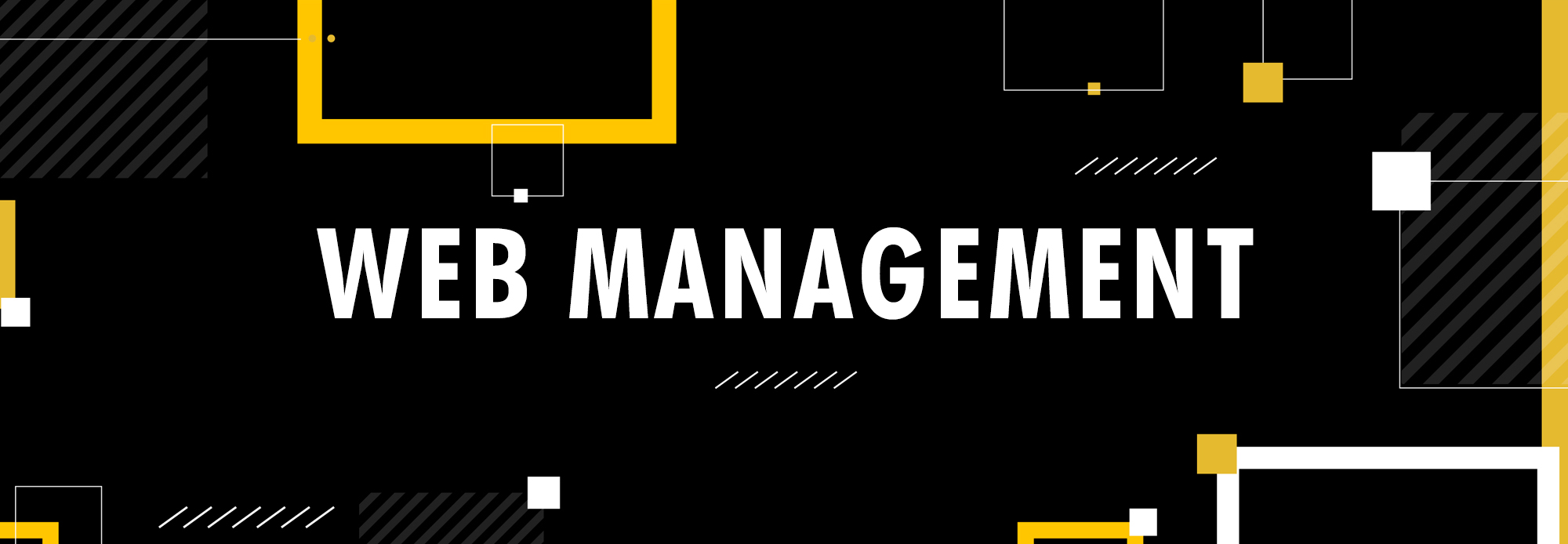WEB ACCESSIBILITY
Web accessibility means that people with disabilities can use the Web without encountering obstacles. More specifically, Web accessibility means that people with disabilities can perceive, understand, navigate, and interact with the Web, and that they can contribute to the Web. Web accessibility also benefits others, including older people with changing abilities due to aging.
For a more detailed definition, please visit the World Wide Web Consortium website.
Importance of Accessibility
Legal Responsibility
Four Major Disability Types
- Visual - blindness, low vision, color-blindness
- Hearing - deafness, and hard-of-hearing
- Motor - inability to use a mouse, slow response time, limited fine motor control
- Cognitive - learning disabilities, distractibility, inability to remember or focus on large amounts of information
For more information, please visit the WebAIM website.
Ways We Can Make a Difference
When adding materials to the web, there are many areas that are easy for us to address and that can make a big difference to our audience.
- Utilize alternative (alt) text/tags on all photographs, graphics and images.
- Created accessible electronic media (PDF, Word, Power-Point, Blackboard, videos, etc.).
- Check all documents for accessibility before uploading to the web or sending through email.
- Avoid using pictures of text.
- Don't use/share scanned documents without using Optical Character Recognition software first.
- Add synchronized captions to all videos.
- Create an accessible transcript for all audio files.
***Please note, the above list does not cover all accessibility guidelines.

